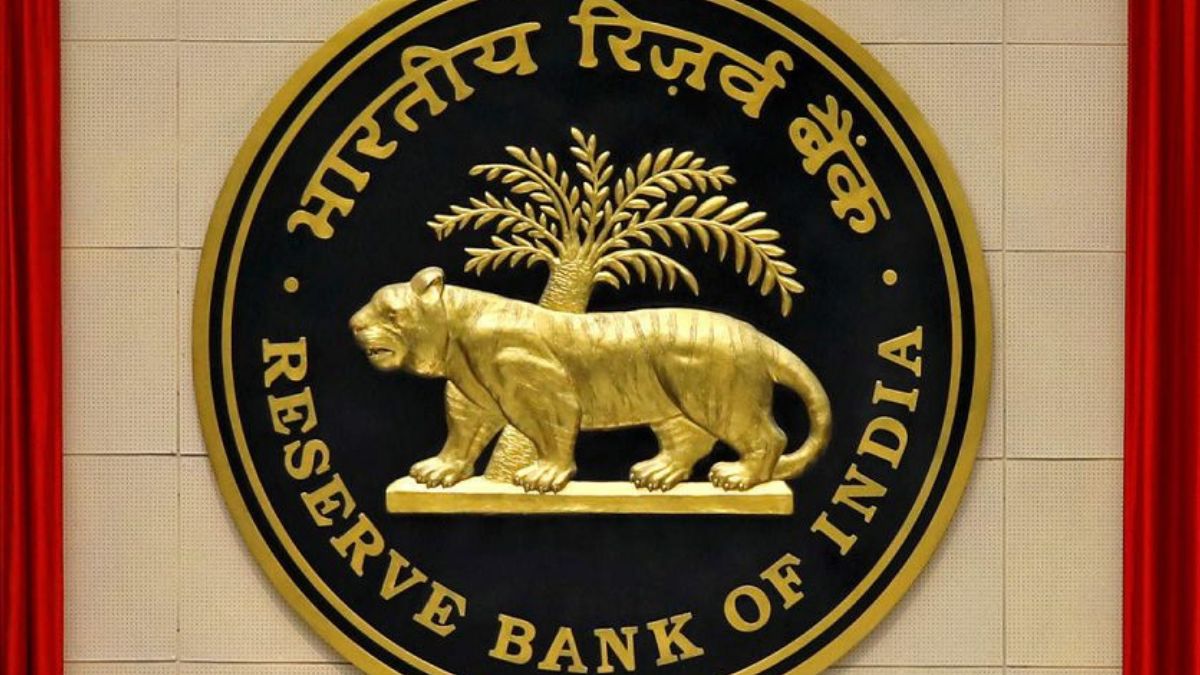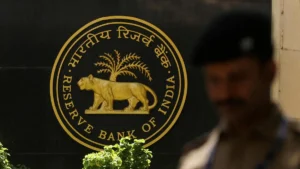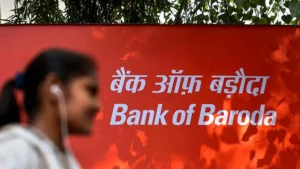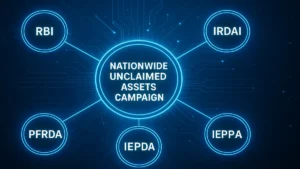Reserve Bank of India (RBI) cancelled the licence of HCBL Co-operative Bank, a Lucknow-based urban cooperative bank, citing inadequate capital and no earning prospects. With immediate effect, the bank has ceased all banking operations, and the Uttar Pradesh Registrar of Cooperative Societies has been requested to appoint a liquidator to wind up the bank’s operations.
Why in News?
The cancellation decision was announced by the RBI on May 19, 2025. The action was taken under provisions of the Banking Regulation Act, 1949. It is part of RBI’s effort to protect depositors and maintain public confidence in the cooperative banking sector.
Key Reasons for Licence Cancellation
- Inadequate capital base
- No viable earning prospects
- Bank’s continuance considered prejudicial to depositor interest
- Non-compliance with certain provisions of the Banking Regulation Act, 1949
DICGC Coverage & Payouts
- On liquidation, each depositor is insured up to ₹5 lakh under Deposit Insurance and Credit Guarantee Corporation (DICGC).
- 98.69% of HCBL Bank’s depositors will receive the full value of their deposits.
- As of January 31, 2025, ₹21.24 crore of insured deposits have already been paid out.
Administrative Action
The UP Registrar of Cooperative Societies has been asked to,
- Issue a winding-up order
- Appoint a liquidator
Effect of Licence Cancellation
The bank is prohibited from conducting any banking activity, including,
- Acceptance of fresh deposits
- Repayment of existing deposits
Significance of the Move
- Aims to safeguard depositor interest
- Reinforces RBI’s commitment to banking stability and compliance
- Encourages better governance within the cooperative banking sector
- Prevents accumulation of risks within the urban cooperative banking ecosystem
| Summary/Static | Details |
| Why in the news? | RBI Cancels HCBL Co-operative Bank Licence Over Capital Shortfall |
| Bank Name | HCBL Co-operative Bank, Lucknow |
| RBI Action | Licence cancelled on May 19, 2025 |
| Reason | Inadequate capital & poor earning prospects |
| DICGC Coverage | Deposits insured up to ₹5 lakh |
| % of Depositors | Fully Covered 98.69% |
| Amount Paid till Jan 31, 2025 | ₹21.24 crore |
| Legal Basis | Banking Regulation Act, 1949 |




 SBI and Bank of Baroda Receive RBI Nod t...
SBI and Bank of Baroda Receive RBI Nod t...
 Bank of Baroda Recognised as ‘Best Bank ...
Bank of Baroda Recognised as ‘Best Bank ...
 "Your Money Your Right campaign" Campaig...
"Your Money Your Right campaign" Campaig...







